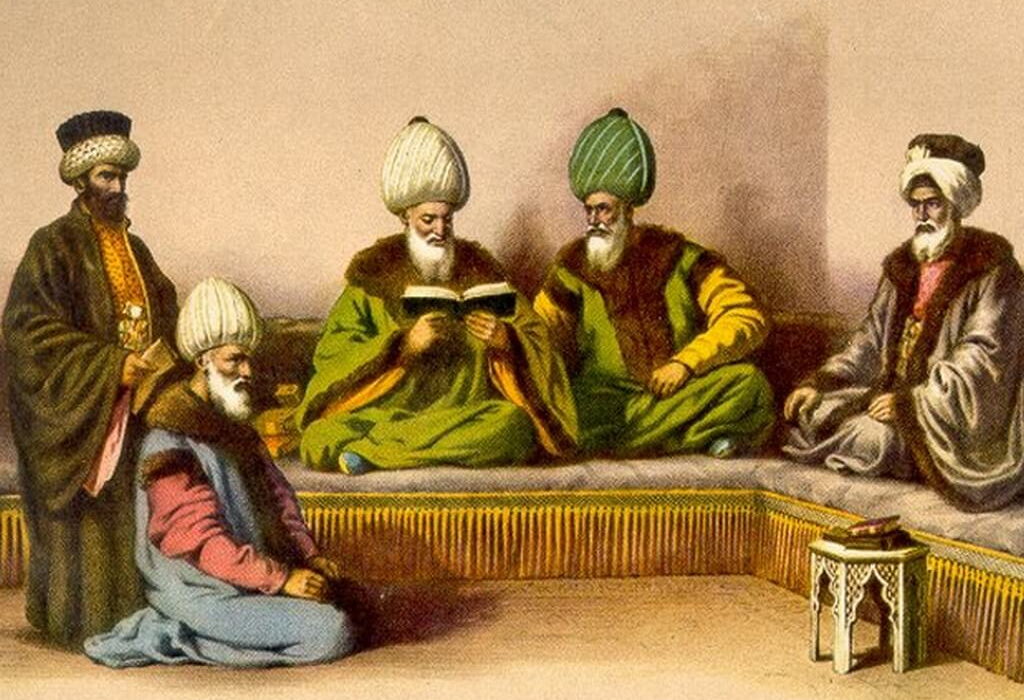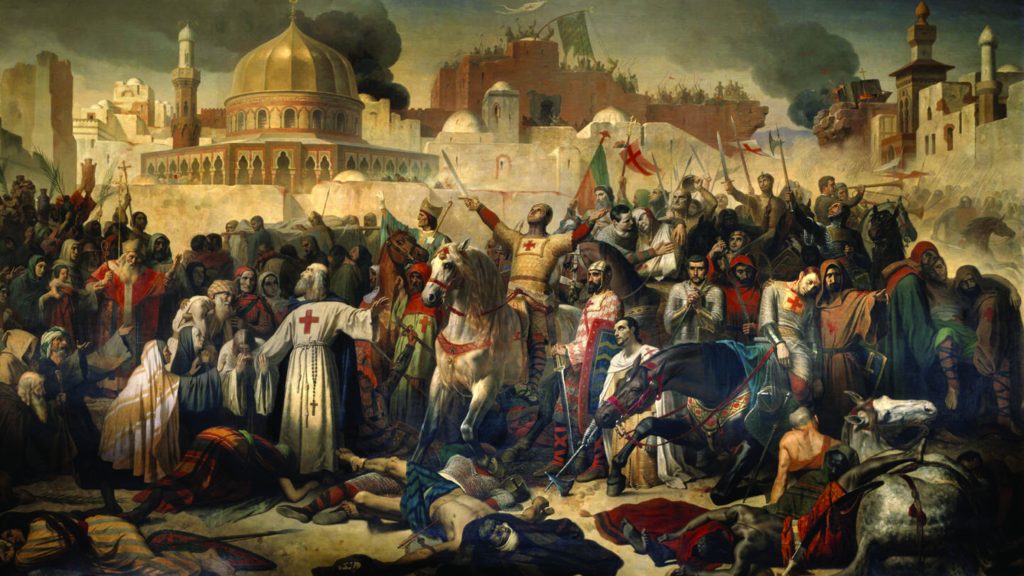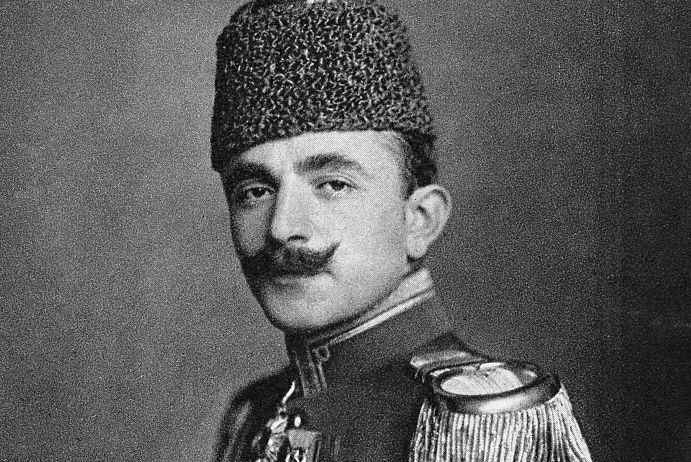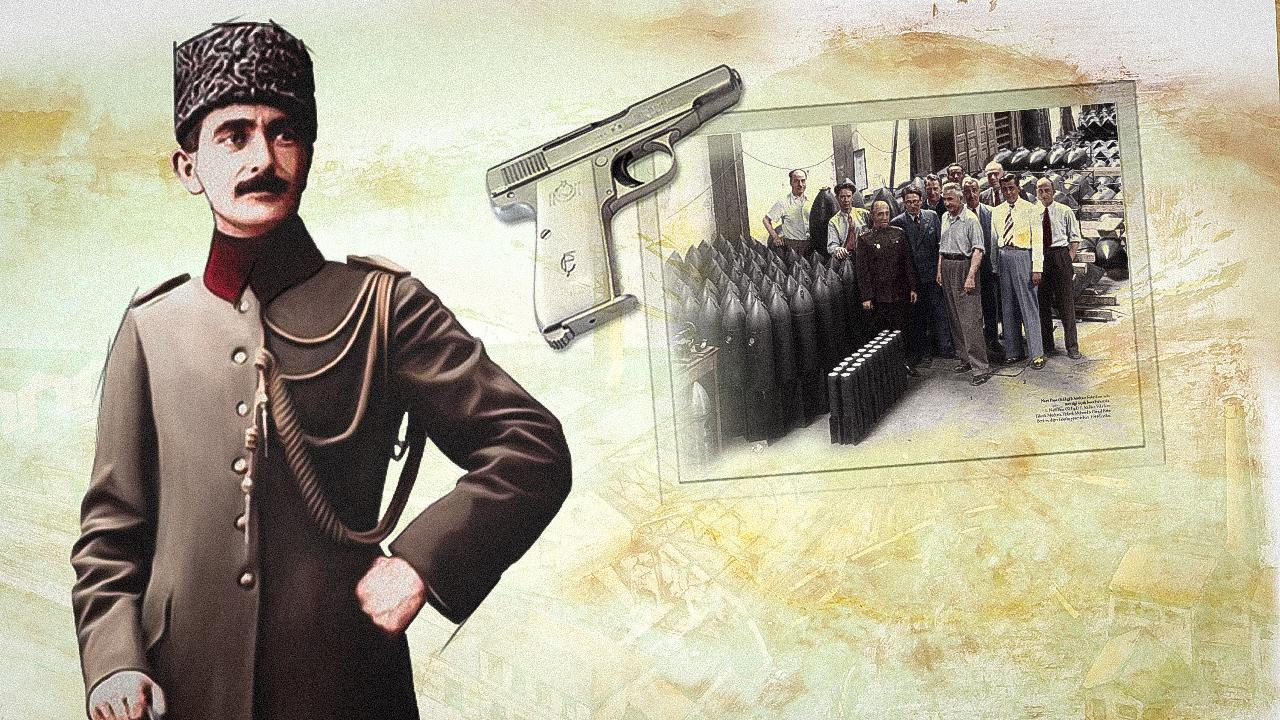First Part: The Technology and Science In The Ottoman Empire (1299-1400)

Sufism
The first scientific and philosophical activities in the Ottoman Empire begin with Dâvûd-ı Kayserî, who served as a professor at the first Ottoman madrasa, known as the İznik Madrasa, and he is considered the first Ottoman philosopher. Kayserî had a deep knowledge about religious sciences, particularly in the fields of jurisprudence and hadith. With his expertise in Sufism, theology (kelam), and philosophy, it had also distinguished itself. Kayserî, appointed with order of Orhan Gazi to the first madrasa in Ottoman (Finished the build in the 1336) in the İznik for be a professor with salary about 30 akçe.He continued his mission while he was alive, he continued his job nearly 15 years.
Language
Turkish was dominant as the state language and written literary language in the Turkmen beyliks in Western Anatolia, including the Ottoman Principality. But, for continue with the İslam civilization’s heritage they were supposed to know Arabic and Persian. Because of that, they wrote dictionaries to learn Arabic faster and more easily.
Medicine
Cemâleddîn el-Aksarayî (died in 1388) , one of the most important physician of that term, he interpreted the section on “Emraz” which is about diseases in İbnü’n-Nefîs’s book named with Kitâb el-Mu’cez el-Kânûn as şerh el-Mu’cez.İbnü’n-Nefîs’s “Kitâb el-Mu’cez el-Kânûn” is organized into four sections: In the first section, the theoretical and practical principles of medical science (kavaid-i cüz’iyye) are discussed. The second section covers single and compound diseases, as well as foods. The third section delves into diseases specific to each organ, including their causes, symptoms, and treatments. Finally, the fourth section provides information on diseases that affect multiple organs simultaneously, including their causes, symptoms, and treatments.Some of the creations of that term,Hekim Beret’s Tuhfe-i Mubarizi , Hulasa and Tabî’atnâme.










